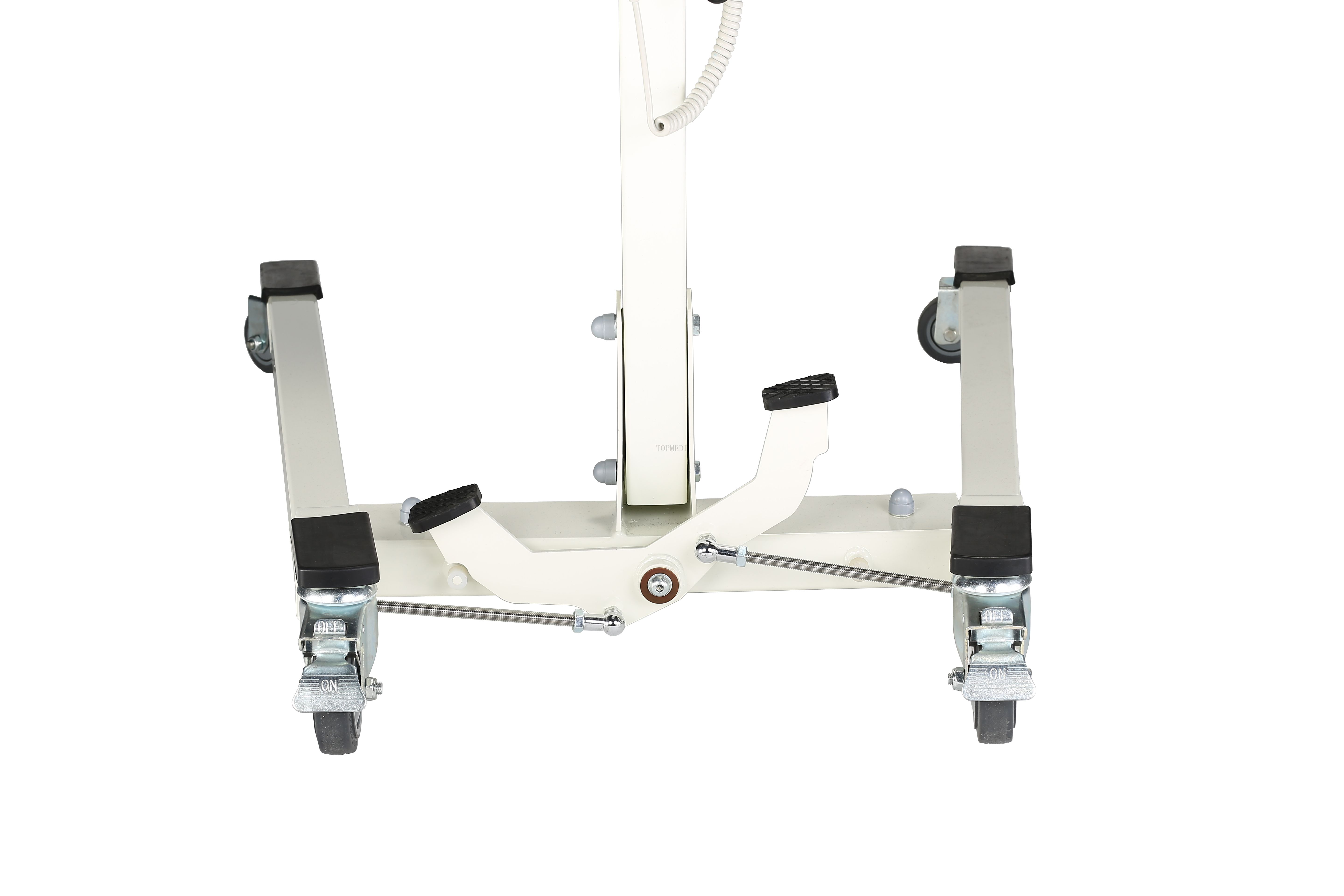Patient lifts are invaluable devices used in healthcare settings to assist patients with limited mobility. These lifts are designed to provide a safe and efficient way to move patients, reducing the risk of injury to both the patient and the caregiver. There are various types of patient lifts available on the market, each with its own set of features and benefits.
One type of patient lift is the mobile lift, which is mounted on wheels and can be easily transported from one location to another. This lift is particularly useful for moving patients between different rooms or areas within a healthcare facility. It is equipped with a sling or harness that supports the patient's weight, allowing for smooth and effortless transfer.
Another type of patient lift is the overhead lift, which is permanently installed in a room or corridor. This lift is operated by a motorized system that raises and lowers the patient using a cable and pulley mechanism. Overhead lifts are often used in hospitals and nursing homes where space is limited, as they can be folded away when not in use.
In addition to these types of patient lifts, there are also specialized lifts designed for specific populations or needs. For example, bariatric lifts are designed to accommodate patients who weigh more than average, while pediatric lifts are tailored to the smaller size of children. There are also lifts that can be used in swimming pools or other wet environments, allowing patients to participate in aquatic therapy or enjoy the benefits of hydrotherapy.
Regardless of the type of patient lift, all models share some common features. For example, most lifts are equipped with safety features such as emergency stop buttons, weight capacity indicators, and automatic safety locks. These features help to ensure that the lift is used safely and correctly, minimizing the risk of accidents or injuries.
Furthermore, patient lifts are designed to be comfortable for the patient. Many models come with padded slings or harnesses, as well as adjustable settings to accommodate the patient's specific needs. This helps to provide a dignified and comfortable experience for the patient, while also making the process of moving and handling easier for the caregiver.
In conclusion, patient lifts are essential tools in healthcare settings, providing a safe and efficient way to move patients with limited mobility. With various types and specialized models available, there is a lift to suit every need and situation. By investing in a patient lift, healthcare facilities can improve patient outcomes, reduce staff injuries, and create a more positive and dignified experience for patients.





























